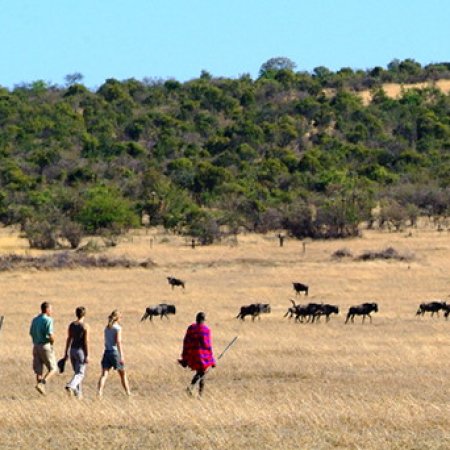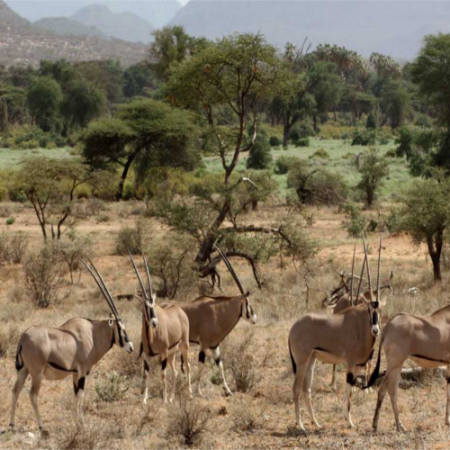How KWS Runs Its Operations: The new 2025 Park Fees
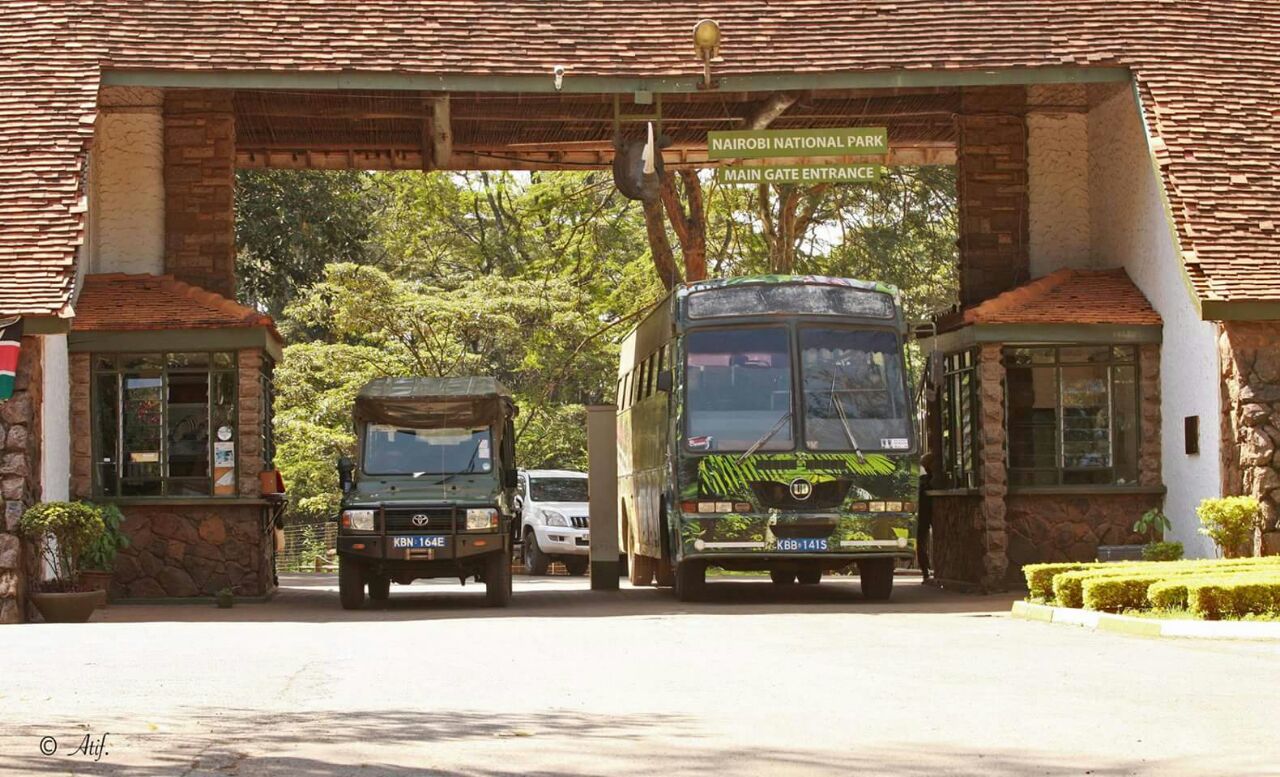
Introduction
In September 2025, the Kenya Wildlife Service (KWS) announced a significant overhaul of its park entry and conservation fee structure, effective October 1, 2025. This is one of the most sweeping changes in years, affecting all national parks, reserves, sanctuaries, and related activities.
What Are the New KWS Park Fees?
Here’s a summary of some of the updated rates under the new “Wildlife Conservation and Management (Access, Entry and Conservation) (Fees) Regulations 2025 (Legal Notice No. 160 of 2025).
| Category / Park / Package | East African Citizen (KES) | Kenyan Resident (KES) | Non‑Resident (USD) | African Citizen (USD) |
|---|---|---|---|---|
| Amboseli & Lake Nakuru | 1,500 | 2,025 | 90 | 50 |
| Nairobi National Park | 1,000 | 1,350 | 80 | 40 |
| Tsavo East & West | 1,000 | 1,350 | 80 | 40 |
| Meru, Kora, Aberdare | 800 | 1,100 | 70 | 40 |
| Hell’s Gate, Mt. Longonot, etc. | 500 | 675 | 50 | 20 |
NOTE: the implementation met legal pushback where the Milimani High Court issued a temporary order halting enforcement of the new fee schedule pending further hearing.
But have you ever wondered, When you pay entry fees to visit Kenya’s national parks and reserves, where does that money go? Far from being just a ticket price, these park fees play a crucial role in supporting the Kenya Wildlife Service (KWS). They help ensure that Kenya’s breathtaking wildlife, scenic landscapes, and rich biodiversity are protected for future generations.
How Park Fees Help KWS Run Its Operations
1. Wildlife Protection and Anti-Poaching Efforts
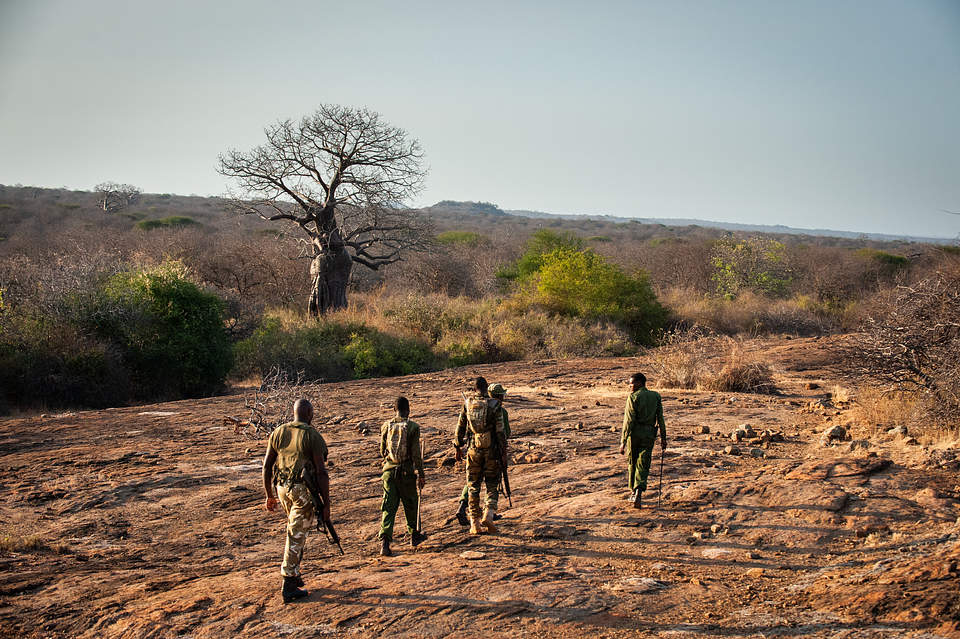
One of the most essential and impactful uses of park entrance fees is the funding of anti-poaching patrols. These funds play a crucial role in supporting the Kenya Wildlife Service (KWS), which employs highly trained rangers dedicated to the protection of wildlife. These rangers operate day and night, often in challenging and dangerous conditions, to safeguard some of the world’s most iconic and endangered species, including elephants, rhinos, and lions. Their work involves constant surveillance, patrolling vast landscapes, responding to threats, and dismantling poaching networks. Without the financial support generated through park fees, these critical conservation efforts would be severely limited, placing vulnerable animal populations at even greater risk of extinction.
Park entry fees help cover:
-
Ranger salaries
-
Surveillance equipment (drones, cameras)
-
Anti-poaching vehicles and fuel
2. Conservation and Habitat Management
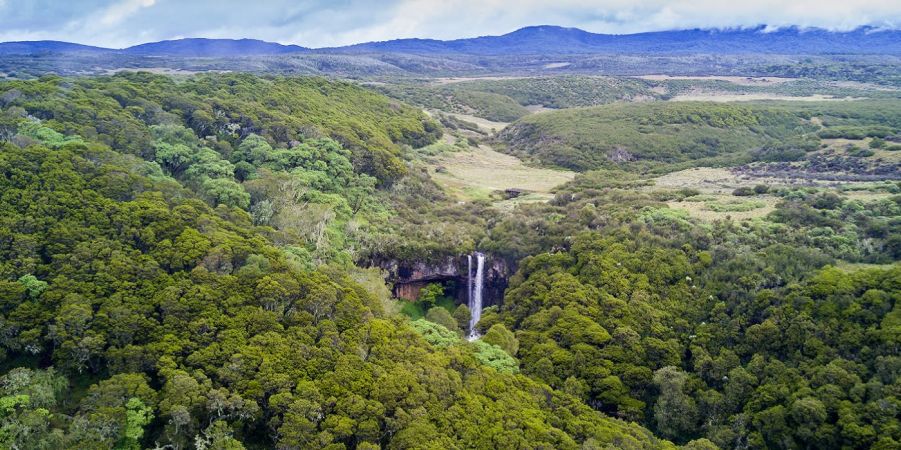
KWS is responsible for the maintenance and restoration of ecosystems within Kenya’s protected areas. This includes:
-
Controlled burns to prevent wildfires
-
Reforestation efforts
-
Managing water sources for wildlife
Your park fee directly supports these conservation programs, ensuring habitats stay healthy and sustainable.
3. Park Infrastructure and Visitor Services
KWS also uses park fees to maintain trails, campsites, visitor centers, and roads. Without this funding, the infrastructure that makes wildlife tourism possible would deteriorate.
4. Community Outreach and Education
Some of the revenue from park fees is invested in community engagement programs. KWS works with local communities to:
-
Promote wildlife education
-
Create employment opportunities
-
Encourage sustainable land use around parks
5. Research and Monitoring
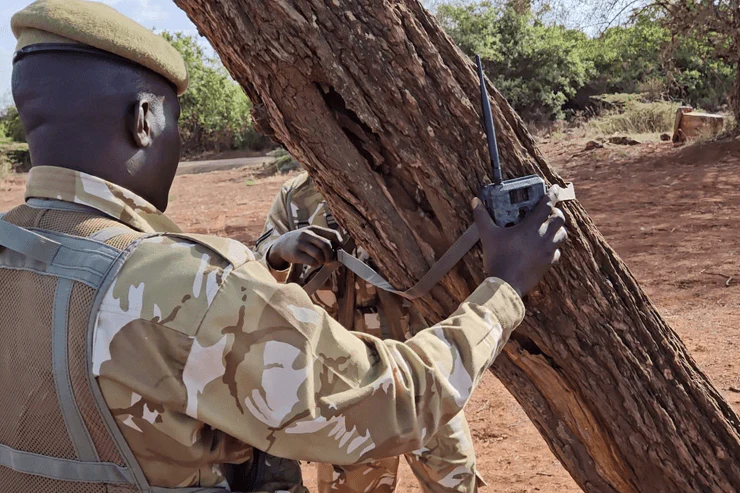
Scientific research is key to effective conservation. KWS uses park fees to:
-
Monitor wildlife populations
-
Track animal migrations
-
Fund academic studies and partnerships
Sustainable Tourism Through Park Fees
Paying a park fee isn’t just a transaction—it’s a contribution to sustainable tourism. When tourists understand where their money goes, they become part of the conservation journey. KWS ensures transparency and accountability in the allocation of funds, reinforcing trust with both local and international visitors.
Conclusion
By paying park fees, you’re helping the Kenya Wildlife Service protect endangered wildlife, preserve natural habitats, improve visitor experiences, and empower local communities. So the next time you enter a Kenyan park, know that your fee is doing a lot more than opening a gate, it’s protecting a legacy.
Now that you know the importance of Park fees, Are you ready to plan a safari with us, talk to us and lets customize a unique safari for you.

